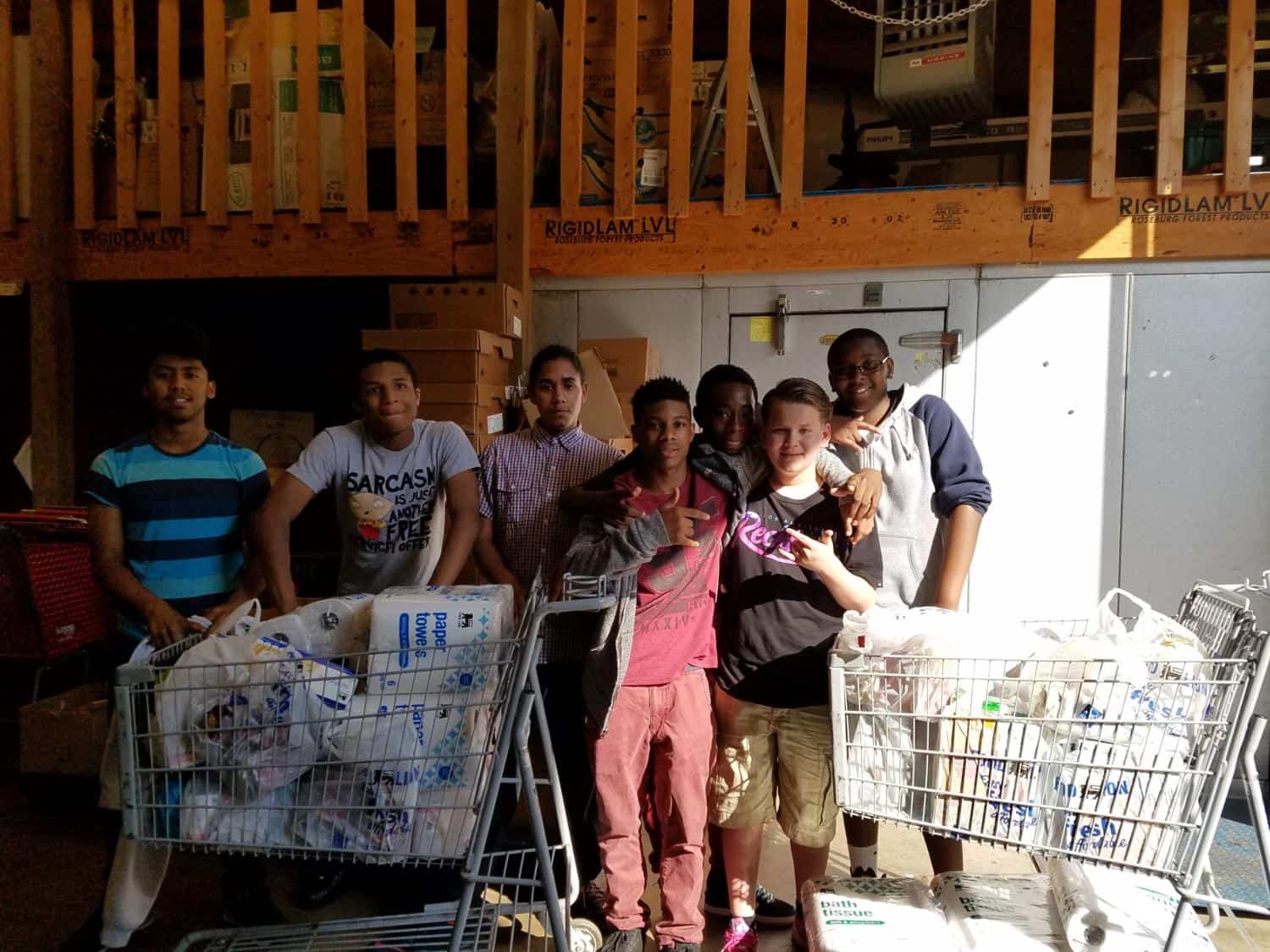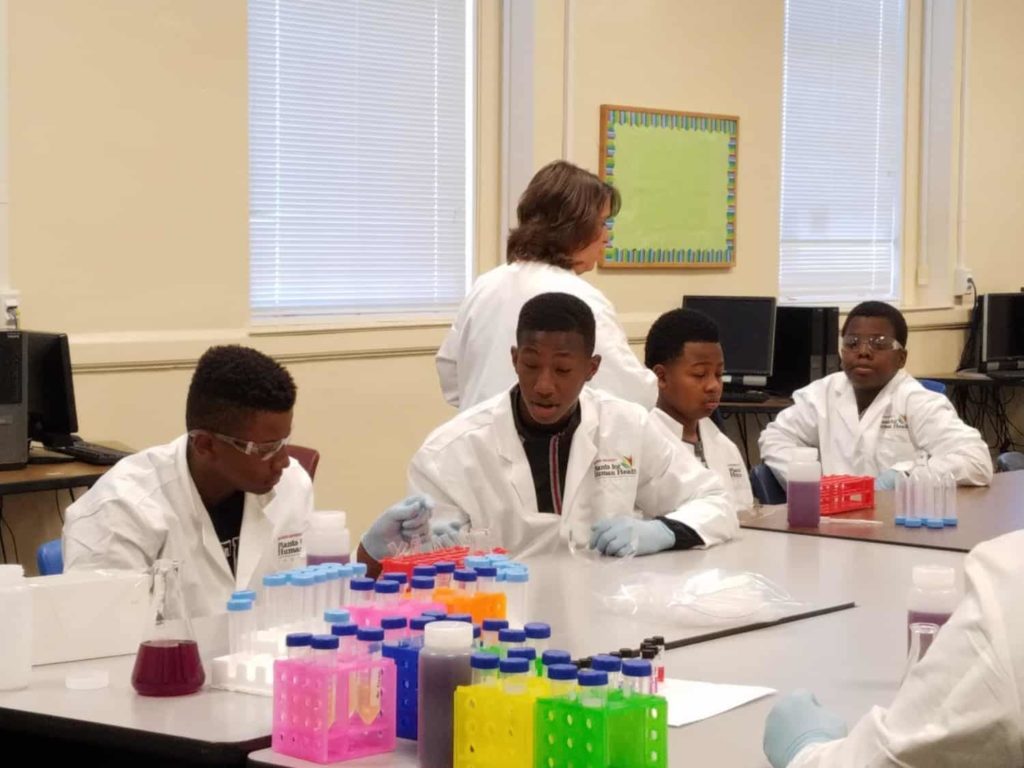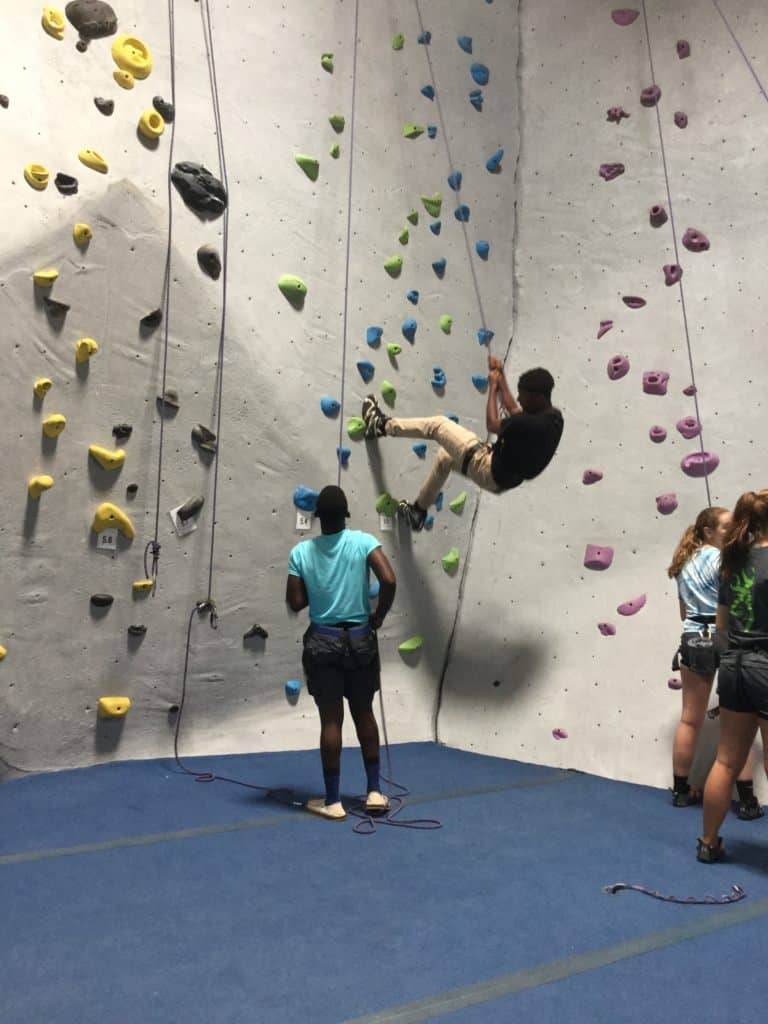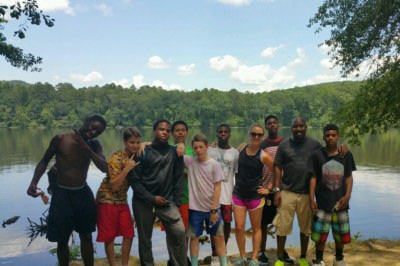What is an Adverse Childhood Experience (ACE)?
When our work around ACE’s began, few people were familiar with the term, even as a great many individuals had come into contact with ACEs through their work.
As of this month, I’ve spoken with and presented to over 700 people in Cabarrus County about ACEs, trauma, and how these issues impact our school communities. One-on-one conversations, staff, and principal meetings, months-long professional development sessions. If the doors were opened for a meeting, I’ve tried to be there. And other people have shown up as well, not just physically, but emotionally, giving great feedback, personal accounts, and asking tons of questions.
And when we come to the end of our time together, the final question for each of the conversations is, inevitably, “now what?”
And for a while, I must admit that I stammered through any kind of response because I wasn’t quite sure. There are a million evidence-based and promising practices out there for assisting individuals to cope in healthy ways with trauma, but if you start to search for any kind of school-based curriculum focused on becoming more trauma-sensitive, there’s not as much material out there. It has been consistently difficult to come up with a really solid answer for those who want to see a solid blueprint outlining steps A-Z.
The most exciting development of late is that solid answers are beginning to emerge.
A majority of people experience trauma in their lives — whether it’s one of the 10 listed ACEs categories, the death of a parent, a serious injury, or chronic stress resulting from institutional forms of discrimination and bias, almost everyone has experienced, is experiencing, or will experience something that threatens to overwhelm their capacity to cope.
The lesson from the emerging curriculum is that we must remember that trauma and adverse events are individual experiences with individualized responses. Trauma may manifest itself in the form of physical aggression, depression, and unhealthy coping mechanisms. The emergent lessons remind us that these effects are normal and those experiencing them should be reminded that it is entirely okay to NOT feel okay and that there are some steps we can take to get back to a place of mental, physical, and social well-being.
“Trauma is not a life sentence,” says Peter Levine. It is a part of our story, a piece of our personal history, but it does not have to define us. What can, and I believe, what should define us, is our resiliency.
“How have you managed to do so well?”
That is the question we need to be asking the many students that are in our classrooms who face long odds each day.
Put yourself in the shoes of the overwhelmed student. Sure, you might have been late to school and yes, you were triggered into a yelling match in second period but — and this “but” is important — how did you manage to get to school after not having an alarm clock to wake you up when your single parent was already at work and you had the responsibility of getting your two younger siblings up and ready? You got them on their own school buses before you raced to yours just to see it already headed in the opposite direction. You grabbed your secondhand, too-small bike and headed to school, getting there too late for the school breakfast, which would have been your first meal since lunch yesterday. Walking into second period after the bell, the teacher (who is understandably frustrated by this repeated behavior) asked you “where is your backpack?” and that’s when you remembered it’s still beside the kitchen table next to the folder with all the necessary back-to-school paperwork still waiting to be signed off by your parent.
This scenario isn’t far-fetched — I’ve seen it unfold in similar fashion over and over again. I’ve gotten annoyed at students who barge into my room, 15 minutes late for a session and the first words I hear from them are, “Why didn’t you bring snacks this time?” I later found out that one of the students who most frequently asked this question usually missed his bus for reasons similar to the ones above, but on our meeting days could be seen flying to school on his bike, and when asked why he made it to school no matter what each Wednesday, he answered “because Ms. Katie gets really sad looking when I miss group.”
Heart. Melted.
I’m sure for many educators, social workers, school counselors, and other staff members, we can think of students who are truly trying their very best but they seem to be stuck.
We must try and focus on resilience and look for ways to empower and strengthen our students. Approach each student from a strengths-based perspective, seek out what is meaningful and important to them, identify staff members who have had success with them, and find out what they might need from you during difficult times. As the school year begins, think about ways to make students feel needed in the classroom. For example, you could include photos of the students throughout the room and have specific daily routines they can take part in. It is also important to include their family in a positive way as soon as possible. The power of an early phone call home to praise a student or share that you’re excited to have them in your class can go a long way — it shows that you are with, rather than against, the student from the very start and will go far in building rapport and cooperation from caregivers later on if any issues arise.
My advice and the advice of the emerging curriculum is that we must be prepared for a lot of up front work: building rapport, showing that you are a safe and healthy relationship for this student to engage in. These things take time but the return on them is invaluable.
A child’s previous and current traumatic experiences are important as they will affect who they are but it is of equal importance that you do not permit this trauma to become who they are.
My lesson? Hold high levels of expectations while providing high levels of support because our students deserve both.





